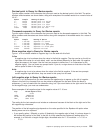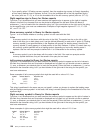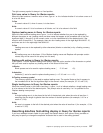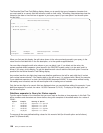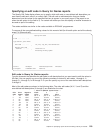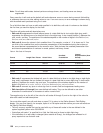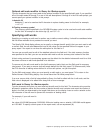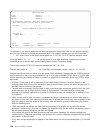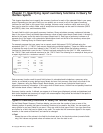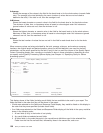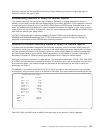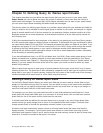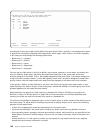v An edit word does not have to have a decimal digit position (to the right of the decimal point) for each
decimal digit in the field; only the total length is significant. Query does not check the two edit words to
see that they have the same number of decimal positions.
v Only the system-defined currency symbol (stored in the QCURSYM system value), can be used as a
floating currency symbol. Any other symbol specified will not float; it stays fixed in one position.
v If the length of the field or its decimal positions value changes, the edit words may no longer be correct.
In this case, Query uses the J edit code to edit the field value when necessary.
Edit word for summary total in Query for iSeries reports
If option 1 (Total) was specified on the Select Report Summary Functions display to get summary totals for
this field, you must type the character string that you want used as the summary total edit word for this
field. The character string must be enclosed in quotation marks and must have a blank position for each
digit in the field, plus three more than the length of the field shown at the top of the display, up to a
maximum of 31 positions. To specify a blank space in the report result, use an ampersand (&).
For example, if you want to define an edit word long enough for the total values for an 8-digit field with no
decimal positions, and you want commas for thousands separators, and CR for negative values, your edit
word would be ’ , , , &CR’ and a value in the report would appear as 27,345,838,789 CR if it
were a negative value.
If you do not specify an edit word here and you specify on the Select Report Summary Functions display
that the field be totaled, the J edit code is used to edit summary totals for the field.
Chapter 10. Specifying report column formatting in Query for iSeries 133



